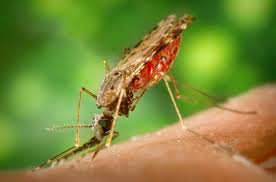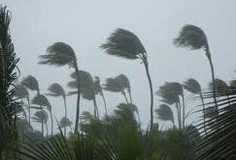
It is very possible for athlete’s foot to spread to other parts of the body especially the hands since these come in contact with infected regions more often. The condition is still referred to as a tinea infection and can also progress and lead to complications if not given the right attention. Knowing how the problem occurs will help affected individuals more in finding solutions.
Description of the Infection
Once athlete’s foot or the fungus causing it reaches and develops in the hand, the infection will be referred to as tinea manuum. The manifestations are still very much the same as athlete’s foot as well as several prevention and treatment measures. One or both hands may be infected. Tinea manuum is less common than athlete’s foot and the symptoms may be similar to other conditions too leading to frequent misdiagnosis. Examples of other problems on the skin of the hands that may present similar signs are hand dermatitis specifically the pompholyx type, psoriasis particularly palmoplantar pustulosis and keratolysis exfoliativa.
Athlete’s foot of hands can initially seem like a short term inflammatory rash accompanied by a raised circle with a clearing in the middle featuring ringworm. It is not uncommon for tinea to cause ringworms especially in cases wherein the person came in contact with infected animals or soil. Examples of infective fungi would be Trichophyton verrucosum from cattle, Microsporum canis from cats and dogs and Microsporum gypseum from the soil. Trichophyton rubrum, Trichophyton mentagrophytes and Epidermophyton floccosum are usual types coming from infected human beings.
The initial symptoms of tinea manuum involve increasing palm areas that slowly peel, itch, burn and dry up. This is referred to as hyperkeratotic tinea and at the start only affects the one hand that keeps scratching or touching athlete’s foot creating the “one hand two foot syndrome”. Usual infections sites would be on the palms and the interdigital regions. The rash is rarely painful but very itchy. Irritation may also spread causing cellulitis. Skin markings may also increase and the hands may feel extra weepy or wet. The edges of the fingers and outer palm areas may also develop a rash and blisters that contain an oozy clear liquid. The blisters may be peeled at the edges as well. If skin is left untreated for several days, it may break down or crack.
Prevention and Treatment
The main rule is to constantly keep your hands clean and clear of infected subjects like persons, animals and soil. Never borrow towels or carelessly touch door knobs. Disinfect with alcohol as soon as possible and keep your hands dry. You may also wear well-ventilated gloves while gardening to stay protected from soil fungi. If you have tinea pedis or tinea cruris, avoid scratching the area. Even after applying creams and ointments, make sure you wash your hands properly.
An aluminum subacetate solution will help treat extra moisture and hand wetness. Pour the solution in a basin enough to soak your infected hand completely for 20 minutes twice daily. There are several anti-fungal creams and ointments available. Usual choices would be itraconazole or terbinafine to be given for 2 to 4 weeks. Even after symptoms have subsided, continue application for another 2 weeks to prevent recurrence of infection. Oral anti-fungal medicines are also available which effectively treat nail infection.

Source by Susan Bell
 Vitamin Agent The Health & Naturalistic Source
Vitamin Agent The Health & Naturalistic Source





